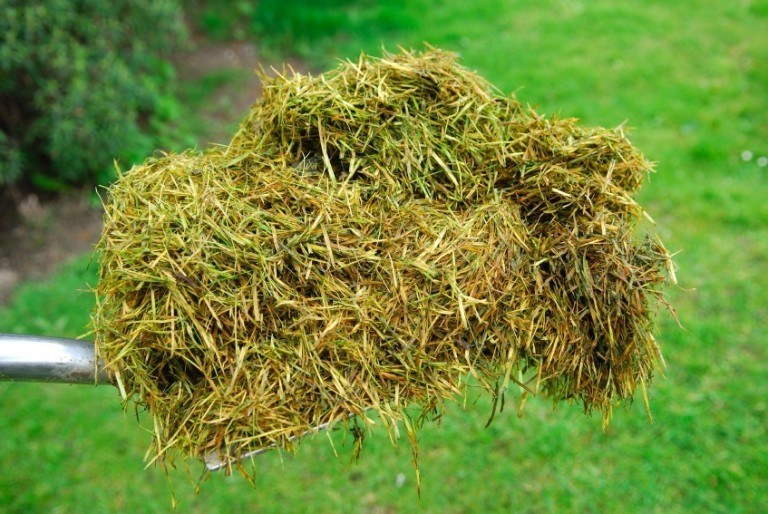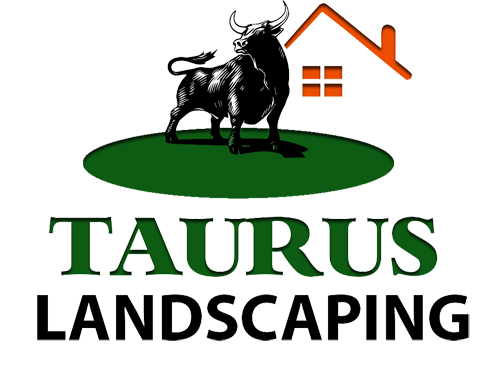
Those with lawns big and small will know how much of a chore cutting the grass can be. But even worse – what do you do with all the grass clippings once you’ve finished mowing?
The Environmental Protection Agency (EPA) estimates that yard waste accounts for 18% of the refuse that we dump into landfills – rising to 50% during the growing season! Approximately 75% of this waste comprises grass clippings (circa 1,500 pounds annually), with the remainder being tree leaves and limbs.
Given that landfills are beginning to run out of space – and many have banned grass clippings anyway – isn’t it about time we put our grass clippings to better use?
Here are eight ways to use grass clippings you probably never thought of…
1. Leave Them on the Lawn
If you’re striving for a perfect lawn, you probably remove your glass clippings every time you mow. But you’re actually robbing the grass of certain nutrients that it needs to thrive.
In future, leave your short clippings lie, as they will break down quickly, nourishing the grass and turning it a perfect shade of green. In fact, grass clippings can add back up to 25 % of the nutrients that growth removes from soil! These clippings also encourage beneficial microorganisms and earthworms that digest this grass and maintain healthy soil.
However, clippings that are too long won’t break down and will leave the lawn looking unsightly. To avoid this, you may need to mow more often – removing no more than one-third of the grass blade each time. Despite more frequent cutting, you’ll still be saving time by neglecting to collect the clippings! Studies show that it takes less overall time to mow more often and leave clippings on the lawn, compared to mowing weekly and bagging clippings.
Note that if your lawn is showing disease or is full of weeds, tackle these issues before leaving the grass clippings lie, as this will only exacerbate the problem.
2. Animal Feed
Grass clippings can be used to make silage for cattle feed. Some tests have found that silage made from recent clippings has a protein content of 18.2%, and a digestible matter content of 68% – much higher than hay, which typically averages a digestible matter content of about 59%.
In addition to feeding cattle, grass clippings may be a viable supplementary food source for sheep. Results from several studies indicate that grass clippings can be effectively and safely utilized as inexpensive, renewable feed sources for these woolly creatures.
Even if you don’t have animals of your own, check if your neighbors or local farm owners would be interested in using your grass clippings for their cattle and sheep.
Remember: never use clippings from grass that has been chemically treated to feed animals.
3. Compost
If you don’t want to leave them on the lawn, one of the easiest ways to put grass clippings to good use in your garden is by composting them. Once you prepare and treat the clippings in the right manner, you’ll be able to recycle the nutrients from the grass in other areas of your garden.
A proper compost pile requires a mix of green and brown materials. Freshly cut grass is considered ‘green’, and so will need to be balanced out by the addition of some brown material, like dry leaves, branches, twigs or paper. When adding fresh grass clippings, make sure to turn the grass into the pile to enhance aeration and prevent compaction.
Alternatively, you can leave your grass clippings to dry out completely and turn brown when, unsurprisingly, they are considered brown material!

